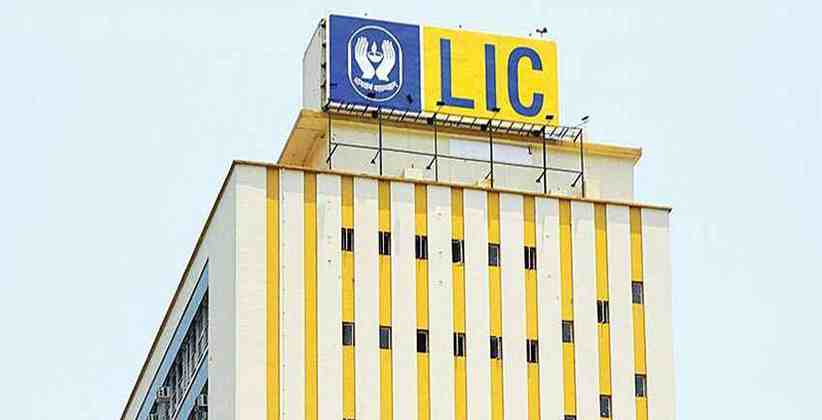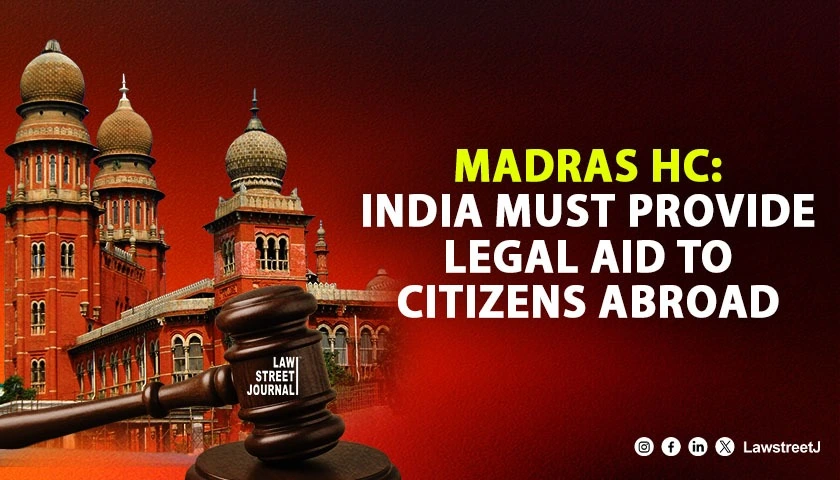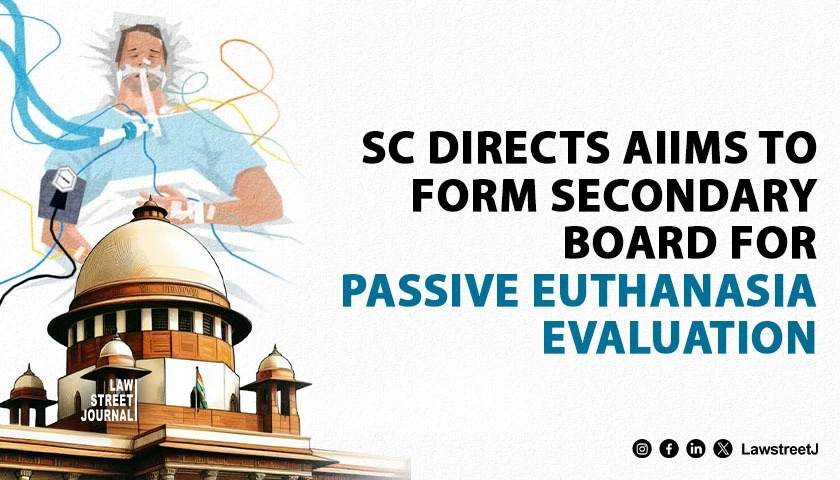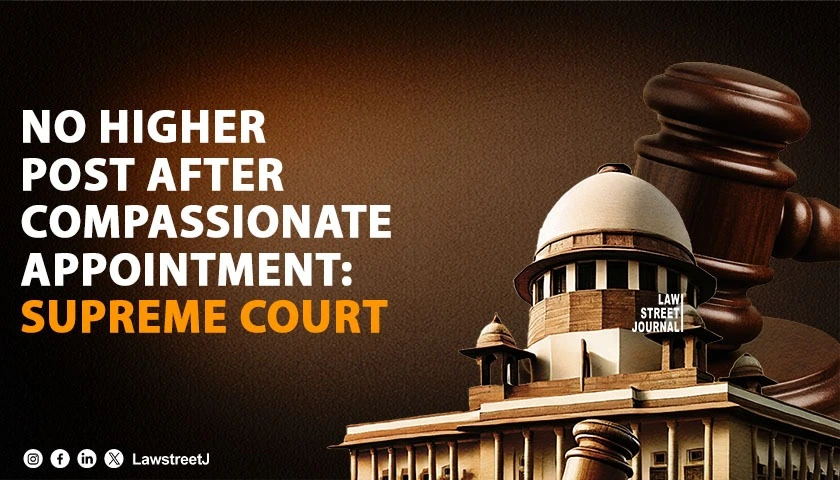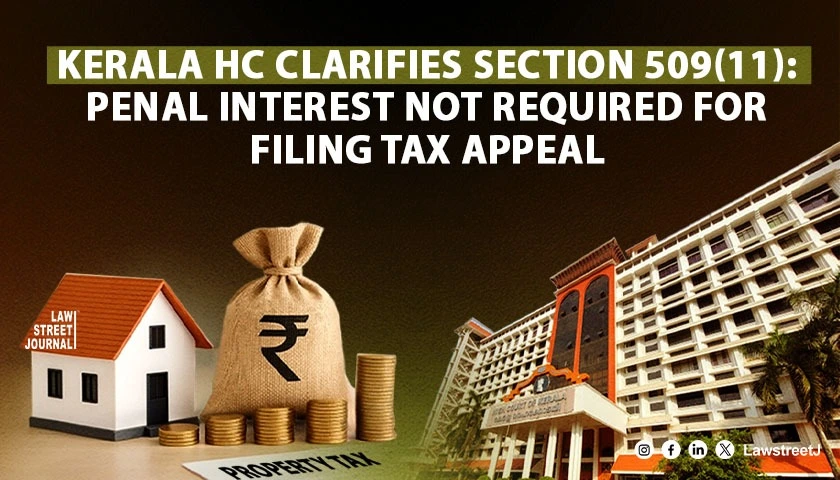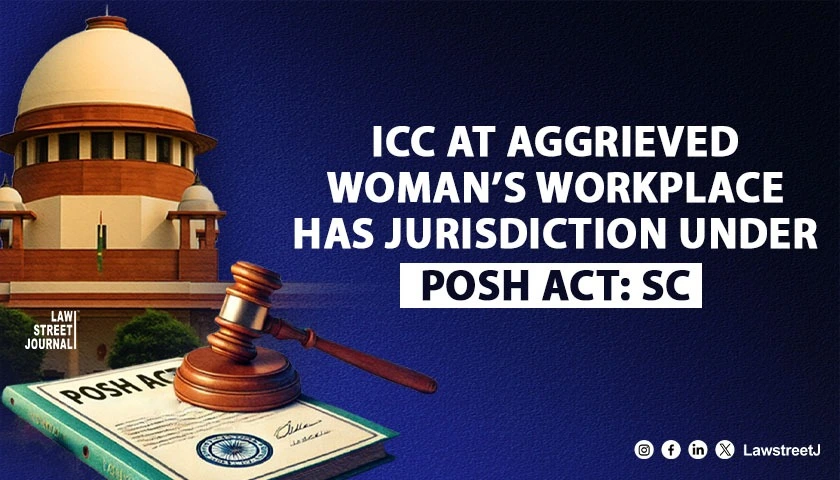Amendments required in three Sections 24, 28, 37 of Life Insurance Act, 1953 (LIC) before undertaking an Initial Public Offering (IPO). Section 24 of the Act deals with how corporation handles its corpus, Section 28 of the act deals with how corporation distributes its dividends and Section 37 provides government guarantee on all its policies.
At present LIC pays 5% of the surplus to the government, while the remaining 95% goes to its policyholders. That needs to be relooked when the corporation gets listed and there is an external investor," the LIC Official said.
In comparison, private insurance companies pay 10% of their surplus to shareholders and the rest goes to policyholders. An industry expert, also requesting anonymity, said there was a possibility that the amendment could bring LIC on a par with other insurance companies, besides modifying the dividend distribution norms. New shareholder(s) might want a bigger pie of the corporations dividend," he added.
In 2018-19, LIC generated a surplus of 53,214.41crores and paid 2,611 crores as dividend to the government. In the previous financial year, it paid 2,430 crores of the total surplus of 48,444 crores to the government.
On 3 February, Minister of State for Finance Anurag Thakur told Press Trust of India that the government will protect the interests of LIC policyholders, and the listing will help bring in greater transparency, public participation and help deepen the equity market. He also urge people to not fall in trap of people who are trying to spread rumours that government is taking this step to privatise LIC. It is just disinvesting little part of LIC to bring it par with other private insurers. As it has done with few banks, where government has disinvested its little part.
As of 30 November 2019, LICs market share stood at 76.28% in terms of the number of policies sold. It commanded 71% of the first-year premium. LICs net premium income for FY19 was 3.37 trillion, while net income from investments was 2.22 trillion.

